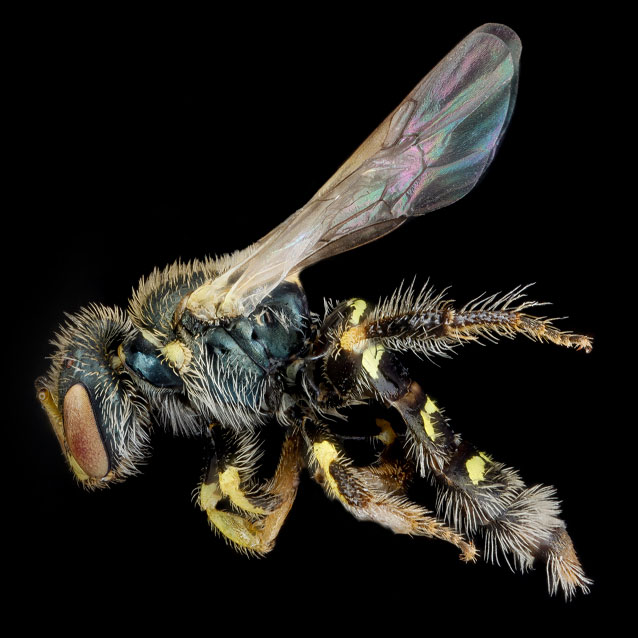
Sam Droege/USGS
As part of a larger service-wide pollinator project, a look at five Great Lakes parks compared pollinators in two habitat types: dunes and inland meadow.
Dunes, sandy hills near the water, had very different bee species then those of inland meadows located further from the water. Bee species in dune habitats were similar across all five parks, and were different from bee communities in the inland meadows habitats, even though parks were up to 444 miles away from each other.
One interesting find for the study was a tiny and uncommon mining bee, Perdita swenki, which is associated with deep sands. Climate change may alter lake shore dune habitats differently from inland meadows – and the same goes for the bees in them, too!
Last updated: May 28, 2015
